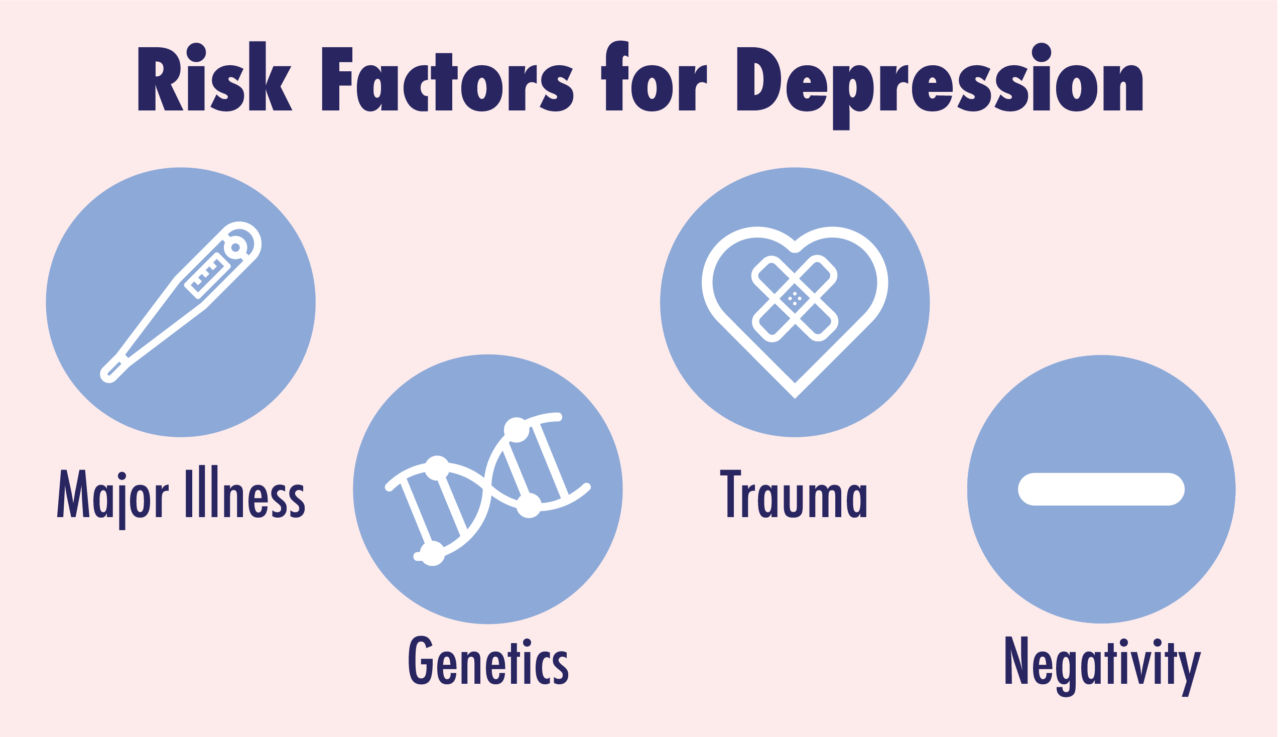
#RISK PERCEPTION DEFINITION SOFTWARE#
These may have reference to societally acceptable levels or may be based on a formal risk-cost-benefit approach as advocated by some software packages on risk reduction.ĭecision making to determine "acceptable" or "tolerable" risk uses a number of approaches. When an individual company carries out a risk assessment, in the absence of societally determined standards, risk levels will be determined which are acceptable to the company. When risk assessment and management procedures are carried out by regulators or government, the aim is to produce societally acceptable risk levels. This will always raise the question of "Acceptable to whom?". Where no acceptable risk standards exist, the risk management process will attempt to derive "acceptable" or tolerable risk on a case-by-case basis. In this case, risk management attempts to analyse which options for action based on the results of the risk assessment will produce these pre-determined risk levels.

The determination of this "acceptable" or "tolerable" level of risk may have been prescribed before the risk assessment process begins - through societally determined acceptable levels of risk in the form of legislative environmental quality standards for instance, or industry derived "norms".

An ERA will characterise the risk posed by a situation and then the process of risk management will eventually lead to a choice of action that will achieve the desired level of "safety". This section of the book provides an overview of the psychometric and cultural approaches underpinning risk perception, offering an insight into the reasons why risks are perceived in different ways.Ī question that is fundamental when talking about risk issues is "How safe is safe enough?". A large part of this evaluation will be the consideration of how people perceive risks. Risk evaluation attempts to define what the estimated risk actually means to people concerned with or affected by the risk. Examples of the use of these approaches in environmental management are discussed.Ĩ.1 The importance of risk evaluation and perception
#RISK PERCEPTION DEFINITION PROFESSIONAL#
The chapter also examines the advantages and disadvantages of the major approaches used in making risk management decisions - bootstrapping, formalised methods such as cost-risk-benefit analysis, and professional judgement. The chapter looks at the factors involved in risk perception and risk acceptance. The controversy surrounding BSE is used as an example of where risk evaluation has proved hugely important in the implementation of decisions arising from risk assessment. The evaluation of risk is concerned with issues relating to how those affected by risks perceive them, the value issues underlying the perceived problem and the trade-off between the perceived risks and benefits.

In this chapter, the complex process of determining the significance or value of the identified hazards and estimated risks to those concerned, or affected, is examined. Chapter 8: Evaluation of risk and risk management


 0 kommentar(er)
0 kommentar(er)
